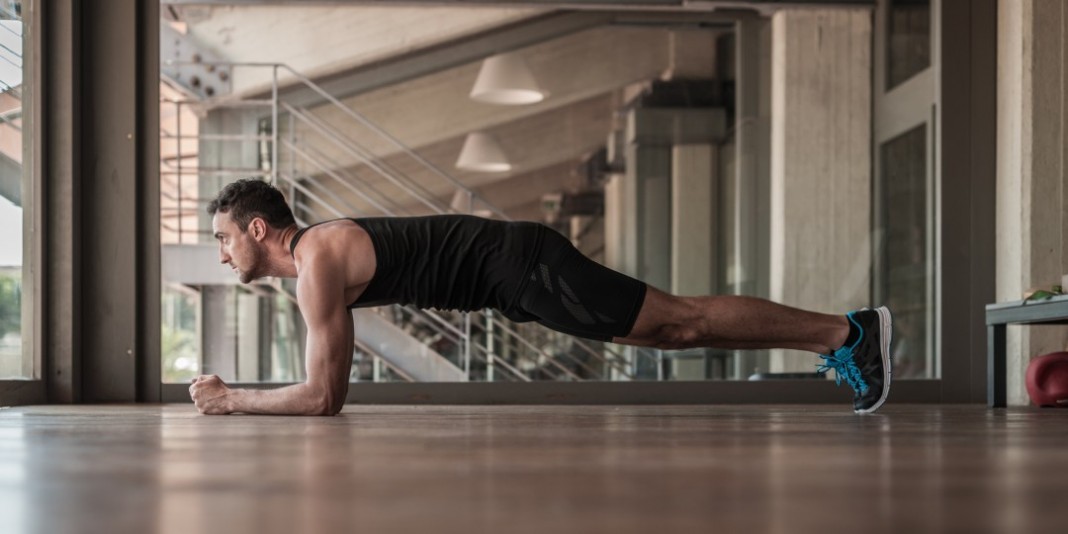I like to tell patients that their core is a shorthand way of referring to all the muscles of their lower back/pelvis/hip area. It’s where your center of gravity is located and where movement begins. A strong core stabilizes the spine and pelvis and supports you as you move. The core has 29 pairs of muscles that fall into two categories:
– Local Muscles. Patients can think of local muscles as the deeper muscles, the ones close to the spine and responsible for stabilization. They don’t have much ability to move the joints. The local muscles are further broken down into primary and secondary categories. The primary local muscles are the transverse abdominus and multifidi (the two most critical muscles for providing stability). The secondary local muscles are the internal obliques, quadratus lumborum, diaphragm and pelvic floor muscles.
– Global Muscles. The global muscles are the outermost layer of muscle—they’re the ones you can feel through your skin. They’re responsible for moving joints. The global muscles in the core are the rectus abdominus, external obliques, erector spinae, psoas major and iliocostalis.
The core should operate as an integrated functional unit, with the local and global muscles working together to allow easy, smooth, pain-free movement. When the muscles work together optimally, each component distributes, absorbs and transfers forces. The kinetic chain of motion functions efficiently when you do something dynamic, like exercise or run.
Core Injury
An injury to one of the core muscles usually means an episode of lower back pain for your patient. When that happens, the deep stabilizers change how they work as a way to compensate for the injury and protect the area. The stabilizers now have delayed action; they’re turned on only after you move, instead of as you move. Because now they’re not functioning as they should, the brain recruits the global muscles to compensate. That causes a core imbalance. The result: pain in the lower back, pelvis and glutes (the big muscles you sit on).
Exercises designed to help get patients’ core muscles back in balance are the best way to prevent re-injury and avoid lower back pain. Traditional abdominal exercises are often recommended to strengthen the global muscles. These exercises can actually increase pressure on the lower spine. Similarly, traditional lower back hyperextension exercises meant to stretch out the lower spine also may actually increase pressure on it. A better approach to preventing lower back pain is restoring stability with the core exercises below.
Abdominal Brace
The abdominal brace activates all the contracting muscles in the abdominal wall, without involving the nearby obliques and rectus muscles. This exercise strengthens the connection between the global muscles and the deep local muscles. This helps restore the balance between them and improves spinal stiffness.
To get an idea of how the muscles in your core work, place your thumbs in the small of your back on either side of your spine. Next, do a hip hinge: bend forward from the hips about 15 degrees. You should feel the muscles in your lower back move as you bend and stand back up again.
To do the brace, stand upright and suck in your stomach, as if you were about to get punched. Hold hat for 10 seconds, then relax. Repeat 20 times; do three sets.
You’ll know you’re doing the brace correctly if you poke your extended fingertips right into your side below your ribs and then brace. You should feel the muscles move under your fingertips.
Curl-Ups
 Curl-ups train the rectus abdominus, the long abdominal muscle that runs vertically from your breastbone all the way down on both sides of your bellybutton.
Curl-ups train the rectus abdominus, the long abdominal muscle that runs vertically from your breastbone all the way down on both sides of your bellybutton.
Start by lying on your back with your hands palm-up beneath your lower back. Bend one leg and put the foot flat on the floor; extend the other leg. Hold your head and neck stiffly locked onto your ribcage—imagine them as one unit. Lift your head and shoulders slightly off the floor by three or four inches and hold that position for 20 seconds. Your elbows should touch the floor while you do this. Relax and gently lie back again. Repeat 10 times. Switch legs and repeat 10 times gain. Do three sets.
Tip: If your patient has neck discomfort doing this, have them push their tongue against the roof of the mouth to help stabilize the neck muscles.
Side Bridge
 The side bridge, also called the side plank, trains the quadratus lumborum, lateral obliques, and transverse abdominus muscles, all local muscles that help stabilize the spine.
The side bridge, also called the side plank, trains the quadratus lumborum, lateral obliques, and transverse abdominus muscles, all local muscles that help stabilize the spine.
Start by lying on your side. Place your top leg in front of your bottom leg (the heel of your top foot should touch the toe of the bottom foot). Raise your body using the down-side shoulder and elbow. Cap the opposite shoulder with your free hand. Hold for as long as you can, aiming for 30 seconds. Switch sides and repeat.
Bird Dog
 This exercise is great for training the back extensors, including the longissimus, iliocostalis and multifidii.
This exercise is great for training the back extensors, including the longissimus, iliocostalis and multifidii.
Start on your hands and knees (quadruped position). Raise and extend the opposite arm and leg simultaneously, like a dog pointing to where the bird is. Hold or eight seconds, then return to the quadruped position. Repeat eight times, then switch arms and legs and repeat for eight reps. Do three sets.
Conclusion
All the muscles of the core must work together to produce efficient and effective movement. The core is the center of the body’s motion—training it is a critical part of any exercise routine. Teaching your patients proper technique for core training will result in big benefits for them now and in the future.
Share this Core Strengthening guide with patients, courtesy of WebExercises
 Dr. Robert G. Silverman is one of the nation’s foremost chiropractic healers. He was named the American Chiropractic Association’s 2015 Sports Chiropractor of the Year. Dr. Silverman specializes in natural pain relief, sports performance, and nutrition. He is a nationally and internationally known speaker and has his own TV show. Dr. Silverman graduated magna cum laude from the University of Bridgeport, College of Chiropractic. He is in private practice in White Plains, N.Y.
Dr. Robert G. Silverman is one of the nation’s foremost chiropractic healers. He was named the American Chiropractic Association’s 2015 Sports Chiropractor of the Year. Dr. Silverman specializes in natural pain relief, sports performance, and nutrition. He is a nationally and internationally known speaker and has his own TV show. Dr. Silverman graduated magna cum laude from the University of Bridgeport, College of Chiropractic. He is in private practice in White Plains, N.Y.








